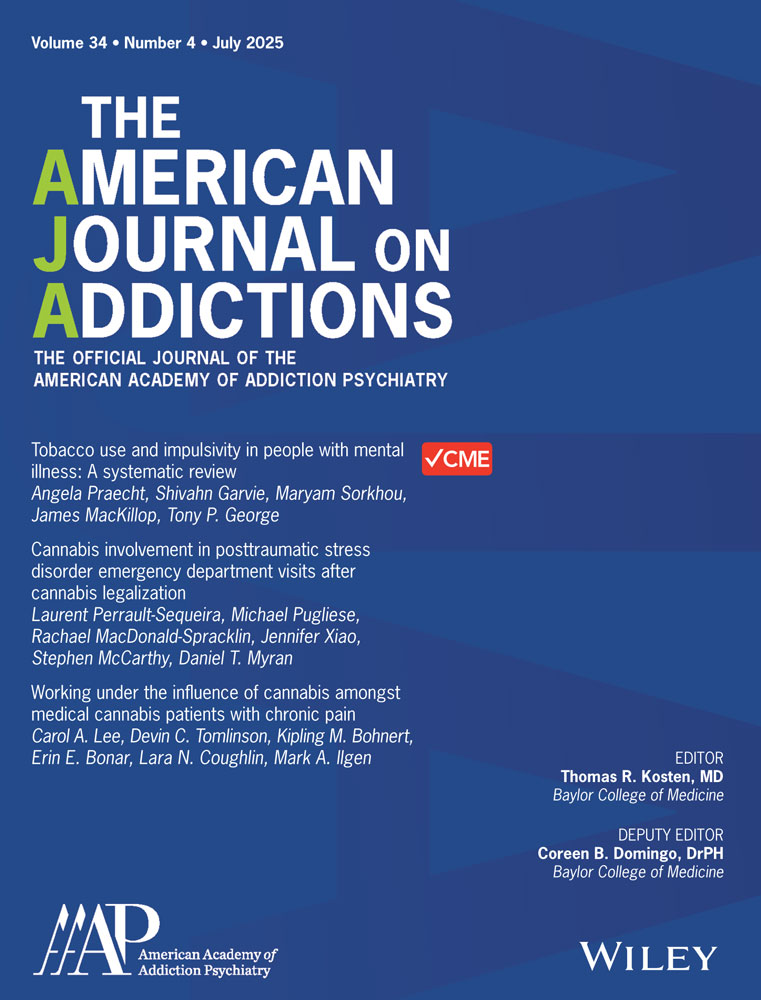Additional Treatment Services in a Cocaine Treatment Study: Level of Services Obtained and Impact on Outcome
Abstract
The objective of this study was to examine the level of additional treatment services obtained by patients enrolled in the NIDA Cocaine Collaborative Study, a multi-center efficacy trial of four treatments for cocaine dependence, and to determine whether these services impact treatment outcome. Cocaine-dependent patients (N = 487) were recruited at five sites and randomly assigned to six months of one of four psychosocial treatments. Assessments were made at baseline, monthly during treatment, and at follow-ups at 9, 12, 15, and 18 months post-randomization. On average, patients received little or no additional treatment services during active treatment (first six months), but the rate of obtaining most services increased during the follow-up phase (month 7 to 18). In general, the treatment groups did not differ in the rates of obtaining non-protocol services. For all treatment groups, patients with greater psychiatric severity received more medical and psychiatric services during active treatment and follow-up. Use of treatment services was unrelated to drug use outcomes during active treatment. However, during the follow-up period, increased use of psychiatric medication, twelve-step attendance, and twelve-step participation was related to less drug use. The results suggest that during uncontrolled follow-up phases, additional non-protocol services may potentially confound the interpretation of treatment group comparisons in drug use outcomes.




